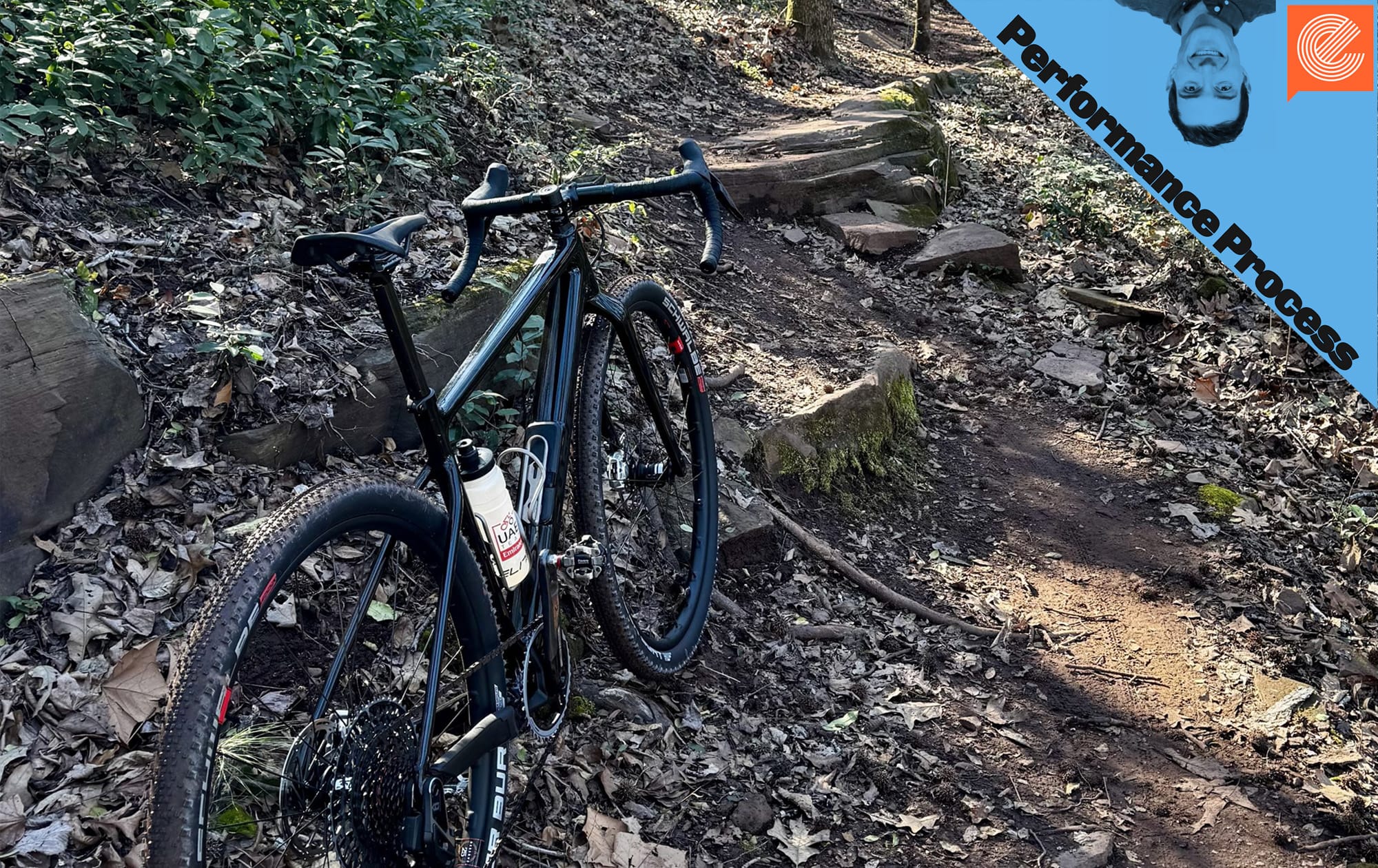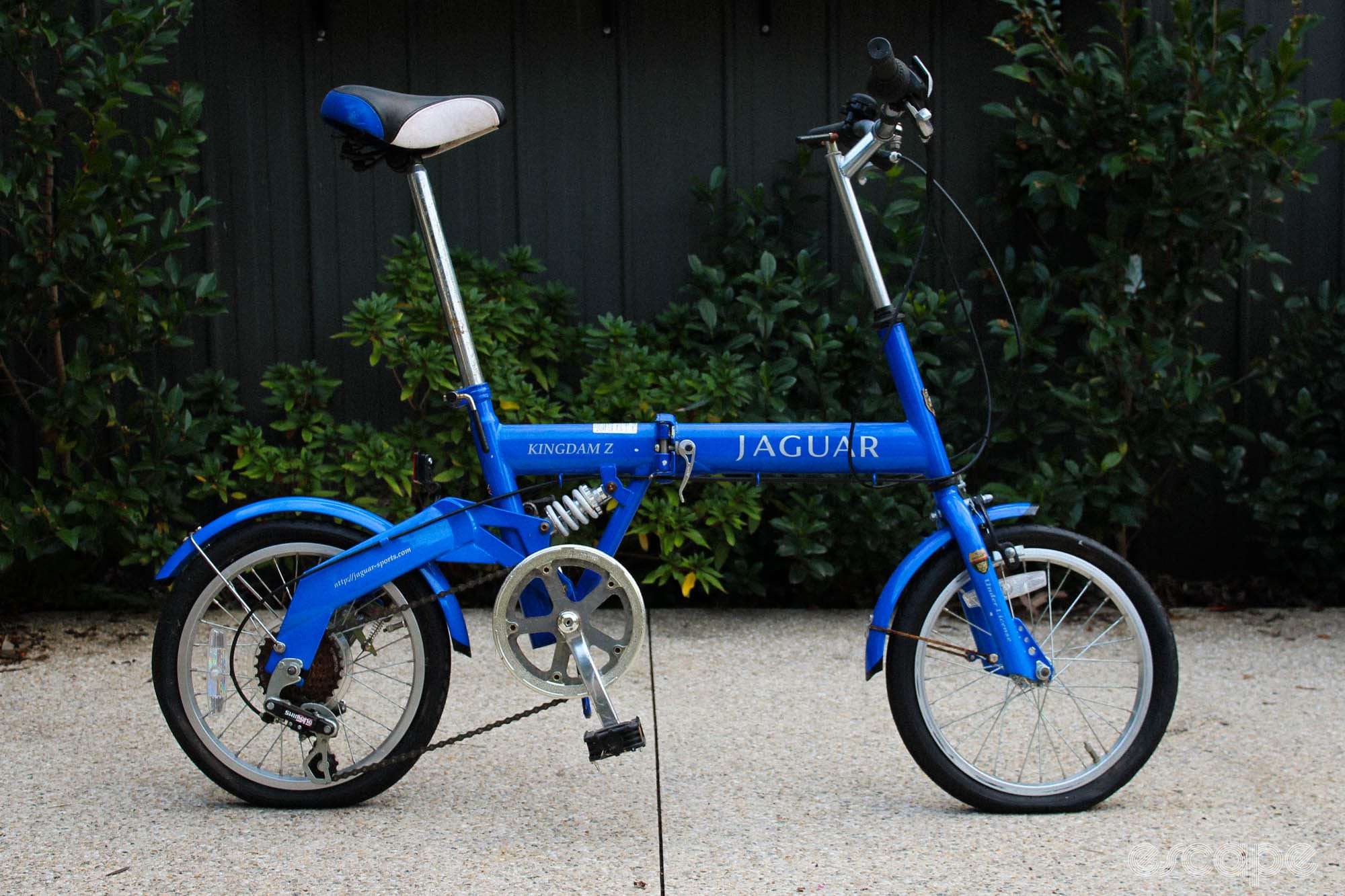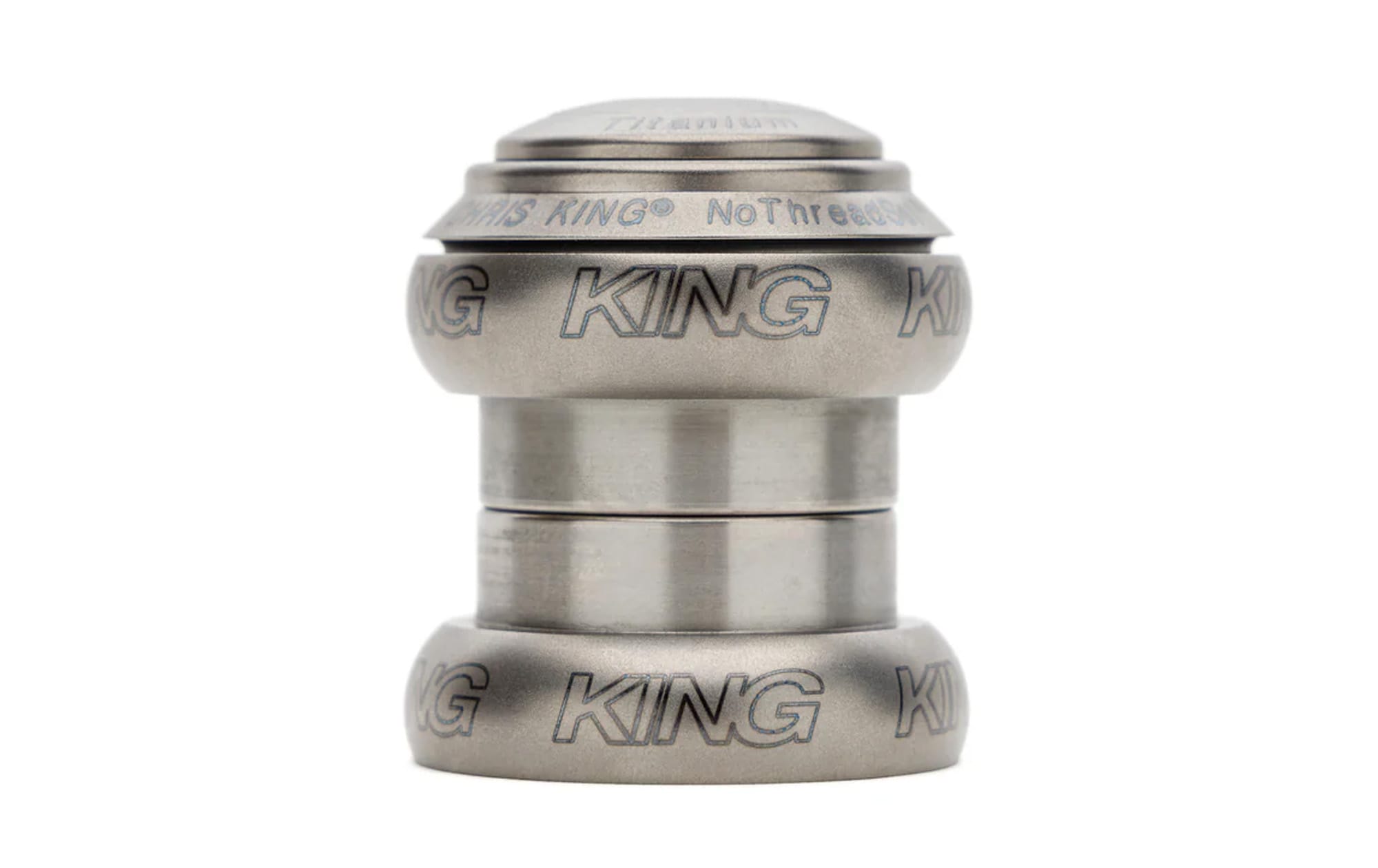Mountain bike tyres have become a hot topic in gravel racing. With more top pros opting for MTB tyres in gravel races, the debate has exploded across headlines and social media. As is often the case, though, the discussion tends to oversimplify things, lacking the nuance needed to truly understand the trade-offs.
Are MTB tyres actually faster on gravel? If so, which ones, and on what kind of terrain? While lab-based drum testing offers useful insights and while we’ve always assumed those tyre rankings carry across to the real world – even if the exact deltas may vary – the MTB-tyres-are-faster claims suggest those results don’t always reflect real-world performance, in particular on soft surfaces of varying degrees of roughness. That raises a critical question: how do we determine the fastest tyre for gravel?
These are exactly the questions John Karrasch set out to answer. A bike fitter by trade, Karrasch is also a physiotherapist and coach. More recently, he has taken on the role of tyre tester. Using the Chung Method, previously discussed on Performance Process with its creator, Robert Chung, he has been conducting extensive field testing to find real-world answers to gravel tyre questions.
Karrasch is also an Escape Collective member, frequently contributing to performance-focused discussions in the Escape Collective members-only Discord. Today, he joins us on Performance Process to break down his tyre testing, methodology, and results. His testing has produced some of the first independent, real-world results on the MTB-tyres-for-gravel trend, while they’re far from definitive, they suggest wide tyres might be fastest, and on more than just rough surfaces.
Whether you’re interested in tyre testing or aero testing, this episode, along with our earlier episode with Robert Chung, should provide the perfect foundation for designing your own experiments.
Validating sensations
Karrasch’s journey into tyre testing began with an observation many of us have likely had ourselves. While waiting for a replacement gravel bike, he spent time riding a hardtail mountain bike fitted with 2.4” Maxxis Aspen tyres. To his surprise, the speed reading on his head unit suggested he was riding faster than expected given the larger volume and knobby tread tyres fitted to the bike.
At the same time, riders like Keegan Swenson, Payson McElveen and Dylan Johnson were making waves in the US gravel scene by running MTB tyres in major races. These athletes were pushing tyre clearance to the limit, racing on setups that defied conventional wisdom, and claiming it was faster. Karrasch had the same questions the rest of us had: are MTB tyres actually faster on gravel?
Traditional rolling resistance tests, like those conducted on steel drums, provide valuable data, but they don’t fully capture how tyres interact with gravel surfaces or the aerodynamic component of real-world total drag. Frustrated by the lack of real-world data, Karrasch decided to conduct his own tests using the Chung Method.
The Results: Mountain Bike vs. Gravel Tyres
Before diving into the testing methodology and some caveats, let’s first get straight to the juicy stuff: the results.
Karrasch’s aim was to determine which tyres performed best in real-world gravel conditions. His test tyre lineup included the Continental Terra Speed 45 mm, Continental Terra Hardpack 50 mm, Continental Race King 2.2", Vittoria Peyote XC Race 2.4", Maxxis Aspen 2.4", and Schwalbe Thunder Burt 2.1". Using the Chung Method (aka Virtual Elevation method), he calculated rolling resistance (Crr) values and factored in aerodynamic and weight differences. He then ranked the tyres based on actual power required to maintain a given speed.
In keeping with much of the hoo-ha around gravel tyres of the past year or so, Karrasch’s testing revealed some surprising results that challenge traditional thinking about gravel tyre performance. While many assume that narrower gravel tyres should be faster, his data shows that mountain bike tyres often perform better, especially on rougher terrain.
Key Findings
1. MTB is fast! Even on smooth gravel.
Conventional wisdom suggests that if mountain bike tyres are faster, they should only excel on rougher terrain, but Karrasch’s testing challenges that assumption. Even on hardpack and smooth gravel, MTB tyres performed competitively with, and in some cases outperformed, traditional gravel tyres, although more testing of many more tyres is required to make a definitive conclusion.
Of the tyres tested, the Vittoria Peyote 2.4” edged out all contenders on Category 1 gravel, demonstrating that high-volume tyres can be just as fast even on firm, fast surfaces. The Schwalbe Thunder Burt and Continental Race King also delivered strong performances, proving that MTB tyres aren’t just a viable option versus the Continental gravel tyres on test, but they can be the fastest choice in certain conditions.
2. The smoother the surface, the smaller the difference:
The results also suggest that the rolling resistance penalty often associated with wider tyres in lab tests doesn’t always translate to real-world conditions.
On hardpack and smooth gravel (Category 1, or smoother, packed gravel like Strade Bianche-style roads), the Vittoria Peyote 2.4" narrowly took the lead, edging out the other gravel and MTB tyres on test. This suggests, at least in this small sample size, high-volume tyres are a viable option even on fast, hardpacked gravel, although the differences are marginal. It also suggests that the rolling resistance penalty associated with wider tyres tested on indoor roller drums is quickly reversed on real-world surfaces, again making high-volume tyres a viable option even on fast, packed gravel. Read on for definitions of gravel category by surface.
- On Category 1 gravel, the Vittoria Peyote 2.4" emerged as the top performer.
- It outperformed the Race King and both Continental gravel tyres.
- The wider Terra Hard Pack 50 mm caught up to the Terra Speed 45 mm, reinforcing that rolling resistance penalties for wider tyres diminish as terrain smooths out.
2. A fast gravel tyre isn't always the fastest choice
Karrasch initially expected the Continental Terra Speed 45 mm, a well-regarded gravel racing tyre, to be one of the top performers. However, when tested on moderate gravel (Category 2), it was significantly slower than the Continental Race King 2.2" mountain bike tyre. The Race King consistently required less power to maintain speed, despite being a wider, knobbier MTB tyre.
- On Category 2 gravel (moderate gravel conditions), the Continental Race King 2.2" was the fastest tyre tested.
Again, this contradicted drum test results, which suggested the Terra Speed would be more efficient.
3. Rougher gravel favours wider mtb tyres:
When moving to rougher, chunkier gravel (Category 3), Karrasch initially saw strong results from the Schwalbe Thunder Burt 2.1", a lightweight MTB tyre designed for speed. However, as testing continued through rougher surfaces, the Vittoria Peyote 2.4" overtook it, likely due to better casing compliance. This suggests that slightly wider MTB tyres may offer better efficiency on rough surfaces, even when they aren’t the lightest or most aerodynamic choice.
- On rougher gravel (Category 3), the Schwalbe Thunder Burt 2.1" initially performed well, but the Vittoria Peyote 2.4" eventually overtook it.
- The Peyote’s casing properties and wider footprint provided an advantage on deep, loose gravel.
- This challenged the assumption that slightly narrower MTB tyres such as the Thunder Burt on test would always be faster than wider models like the Peyote.
4. Rolling resistance matters more than weight or aerodynamics:
A common assumption is that lighter tyres are always faster or that wider tyres create too much aerodynamic drag. However, Karrasch’s results suggest that rolling resistance has a bigger impact on speed than small weight or aero differences. While wider tyres may create more aero drag, the lower rolling resistance they provide, especially as the surface gets rougher, creates a net faster result overall.
What this means for gravel riders
- On smoother gravel, traditional gravel tyres still hold their own, but some MTB tyres are just as fast, if not faster.
- On moderate to rough gravel, mountain bike tyres are consistently faster than the narrower gravel tyres on test.
- Wider tyres did not suffer significant rolling resistance penalties in real-world gravel conditions.
- Aerodynamics play a role, but rolling resistance has a bigger impact on speed than most riders expect.
- Finally, these findings may have limited relevance if your current tyres weren’t included in Karrasch’s test. His results apply specifically to the tyres he tested and, technically speaking, to the conditions of his test roads. But more on this in a bit.
Karrasch’s findings support the growing trend of riders maxing out their tyre clearance and may have manufacturers thinking twice about tyre and chainring clearance on future new frames. However, as Karrasch says on the podcast, this does require further testing of more tyres before we can make definitive conclusions.
His testing also highlights a common flaw in relying solely on drum tests: many tyres that perform well in controlled environments do not necessarily maintain that advantage in real-world gravel riding and even disregarding the exact Crr figures and looking solely at the tyre ranking doesn’t hold up. Tyre casing properties, aerodynamics, terrain interaction, and surface-specific efficiency play crucial roles that drum tests cannot fully capture.
Tyre Rankings Based on Power Requirements
Again, Karrasch’s testing challenges traditional tyre selection wisdom for gravel. For gravel riders debating whether to stick with traditional gravel tyres or experiment with MTB tyres, the data suggests that on rougher terrain, wider MTB tyres are not just viable, they’re so far the fastest choice.
Did we do a good job with this story?





